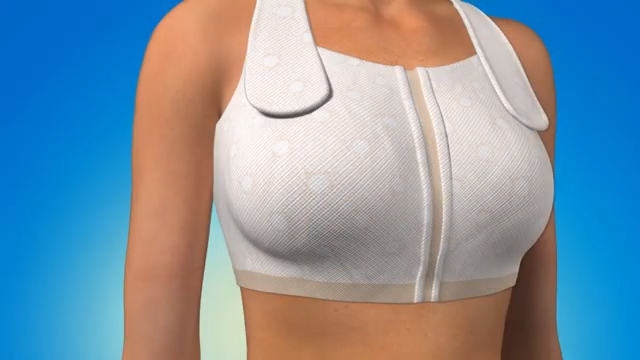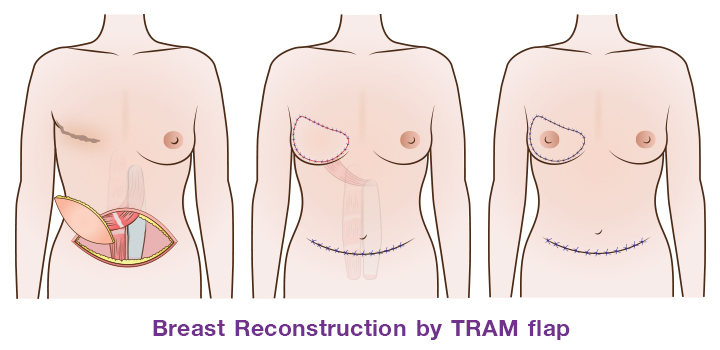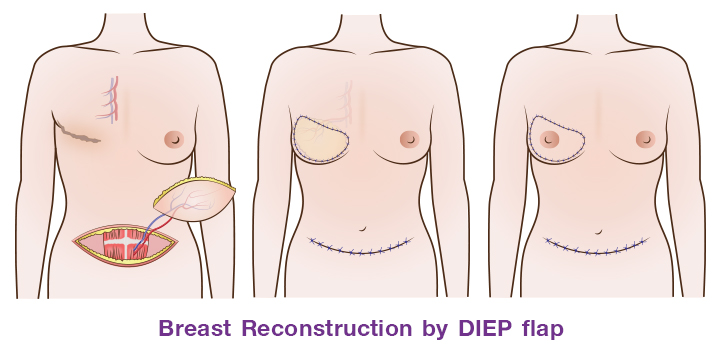
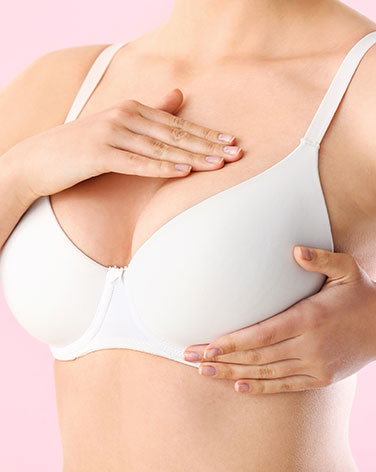
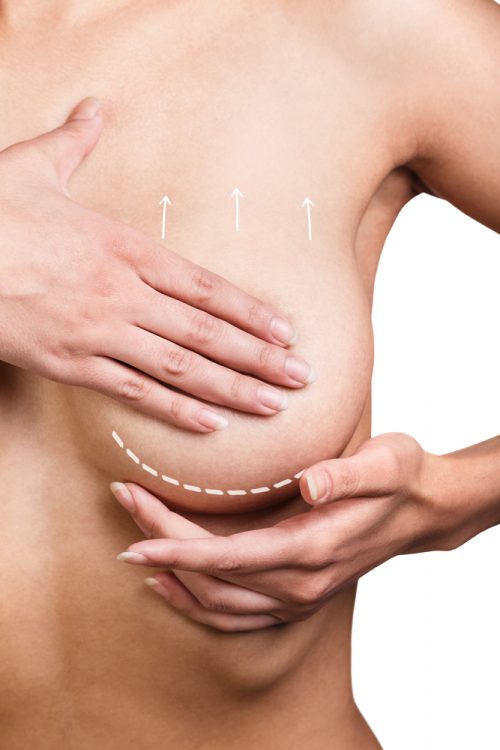
Breast Reconstruction in Turkey
Breast reconstruction surgery is a surgical procedure to rebuild the new breasts after mastectomy for breast cancer, correction from burns, and transgender conversion. The patients who want to have breast reconstruction after mastectomy for breast cancer must have permission or agreement with their surgeons who did a previous mastectomy to make sure the diseases are completely treated and cure.
A good candidate for breast reconstruction
- The patient must have complete the therapy of breast cancer
- The patient needs to revise the breast scar that causes burn or accident.
- No previous radiation on the breast areas
- Stop smoking
- No active connective tissue diseases such as SLE, Rheumatoid disease, and scleroderma
Breast Lift (Mastopexy) Animation
GET QUOTE IN 3 MINUTES
You can get a free analysis in under 3 minutes with our online assistant
Types Of Breast Reconstruction
What is Breast reconstruction TRAMP Flap?
TRAM flap (Transverse rectus abdominis muscle flap): the surgeon uses the skin, parts of the rectus muscle, and fat below the umbilicus with the vascular pedicle Then, it moves to the breast area. This technique is most reliable, but the patient will lose parts of the rectus muscle and might have a weakness of the abdominal wall.
What is Breast reconstruction DIEP Flap?
DIEP flap (Deep inferior epigastric perforator flap): the surgeon uses skin and fat without muscle then moves to the breast area with a microsurgery technique. This method can preserve the abdominal muscle function but takes risks of vessel thrombosis with the microsurgery.
Other flaps such as LD-flap (latissimus dorsi flap) may be used as an alternative flap depend on the patient preference and other limitations.
Preparation for breast reconstruction
- Consult with the surgeon to your goals, lab test, and medical evaluation
- Stop smoking at least two weeks before and after surgery
- Avoid taking aspirin, anti-inflammatory drugs and herbal supplements that may increase bleeding
Testimonial
Breast Reconstruction Post-Op Instructions
Frequently Asked Questions
What is a breast reduction?
Breast reduction, also known as reduction mammoplasty, is a surgical procedure that reduces the size of overly large breasts.
Does my nipple get removed?
No. Nipples always remain attached to a “pedicle” which supplies blood supply to it. This pedicle is lifted higher so the nipple is no longer low down.
Are there scars?
Yes. Scarring is one of the most significant considerations before undertaking a breast reduction and is an inevitable part of any invasive surgery. The scar goes all the way around the areola and along the base of the breast. How someone scars is very individual, some fade to thin white lines, some remain red and raised for some years. We use taping and silicon to create the best possible scar.
How long does the operation take?
The operation take approximately 2 hours to complete.
Do I have drains?
No, we do not use drains for this procedure.
How long do I need off work?
You will need to take about 2 weeks off after surgery to rest. Avoid heavy lifting, strenuous exercise, swimming and strenuous sports until advised by your surgeon.


